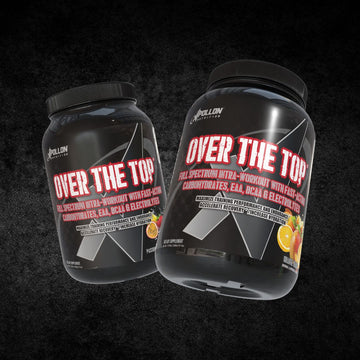Before social media takeover, magazines were popular and the only reliable, or so we believed, source of information for training, diet and supplementation.
Those who remember, probably think these magazines were great, showcasing the latest results and photos, even if they were on delays, from various shows across the globe. One could find Peter McGough’s brilliant analysis accompanied by photos by such greats like Alex Ardenti and Chris Lund.
Remember the famous Flex Magazine training photos by Lund and articles by athletes featured in the photos?
In each magazine you’d read about the best exercises, sets and reps that almost guaranteed lightning fast results. Who can forget “Bigger biceps in 12 weeks” or “Add inches to your calves in 8 weeks?” And of course these articles and photos, although fascinating, in reality were somewhat confusing and contradicting due the fact that the athletes were all drastically different in their approach. High volume, low volume, free weights, machines. And it went on and on.
Dorian Yates suggested one set per exercise, but when you watched him train he actually performed a few sets rather than one as he claimed. According to Dorian’s explanation when he was asked, he didn’t count the first 2-3 sets, as he referred to them as “warm up” sets. He also believed in low, heavy, intense, to failure reps for his “working” sets.
On the other hand, Ronnie Coleman believed in higher volume and reps in the range of 12-15. Jay Cutler was training in a very high volume style, using lots of various exercises per body part and with a rep range closer to Ronnie’s style, although with much better and controlled form, as Ronnie was often criticized for his less than stellar form. Arnold Schwarzenegger was probably doing even more, as he was training for hours at a time.
So here you have it. four Olympia Champions, all legends in bodybuilding, but each employing dramatically different approaches to training. Yet each reaching their maximum potential and becoming the world’s best, in the process beating some fierce competition who arguably worked just as hard.
So whose training style was the best?
The answer, as you might already suspect, is that there was no best. They were all right in their approach and have their amazing accomplishments to back up these facts.
In conclusion, it’s not about the right or wrong approach, it’s about the results, which in essence dictate your ultimate success. Without a shadow of a doubt you have to do your own research, ask questions from reliable, knowledgeable and experienced lifters, but at the end of the day, you must remember that we are all different and unique in our approach. And what might work for one person might not work for the other. Research, trial and error, as well as time are of absolute essence in order to find out what works best for you, and then once you do find it, give your absolute best, as it’s the only way to truly reach your maximum potential.
Next time we’ll go over nutrition and supplementation, two topics that are essential to understand and approach methodically in order to succeed.






